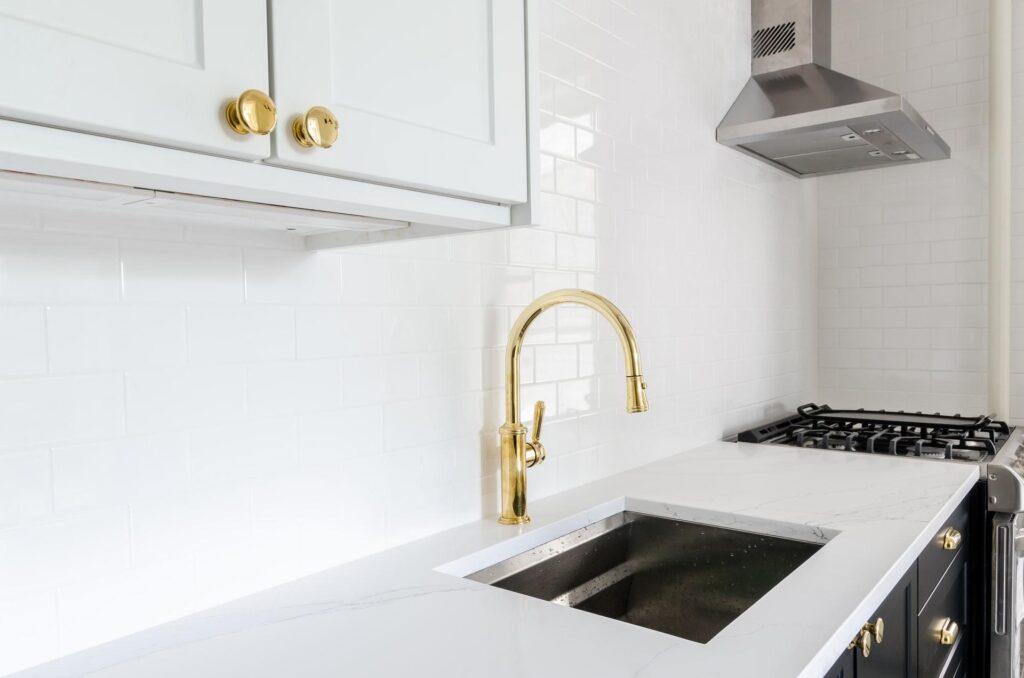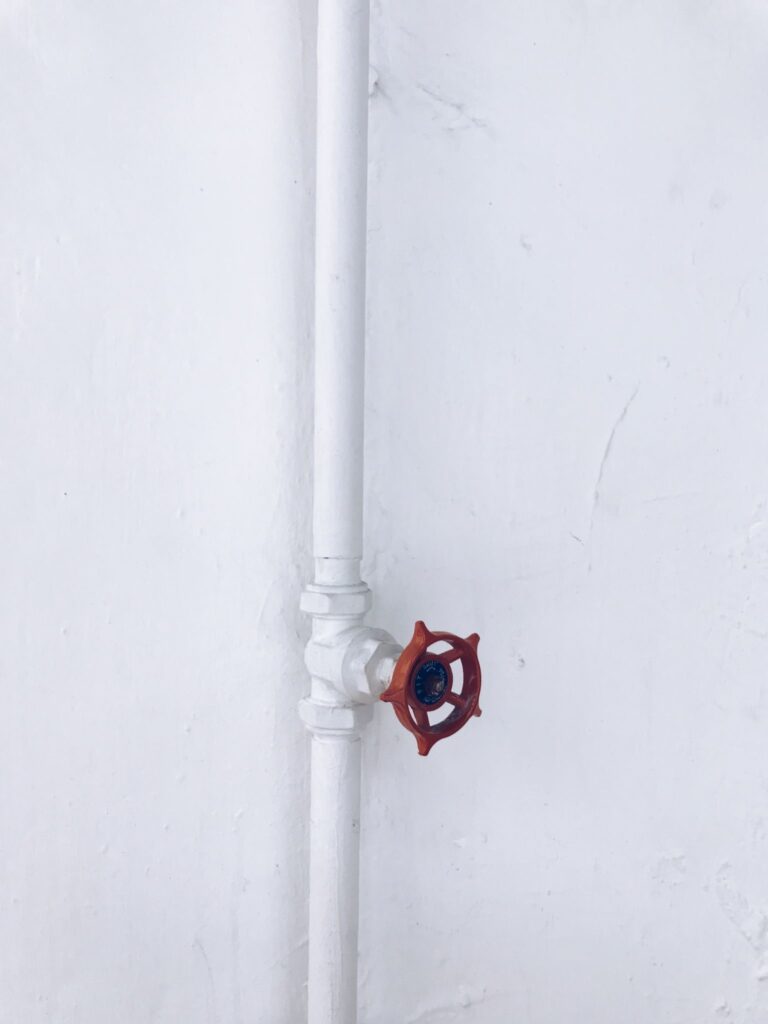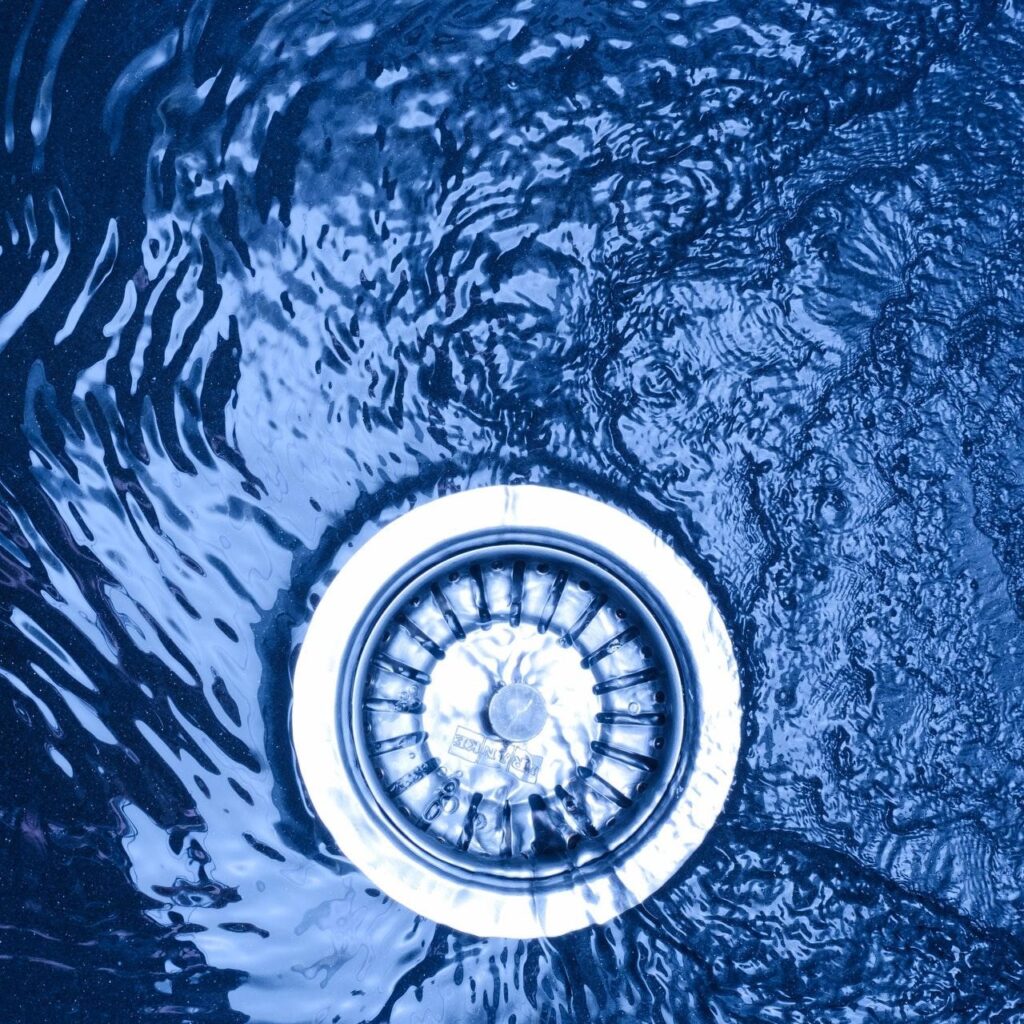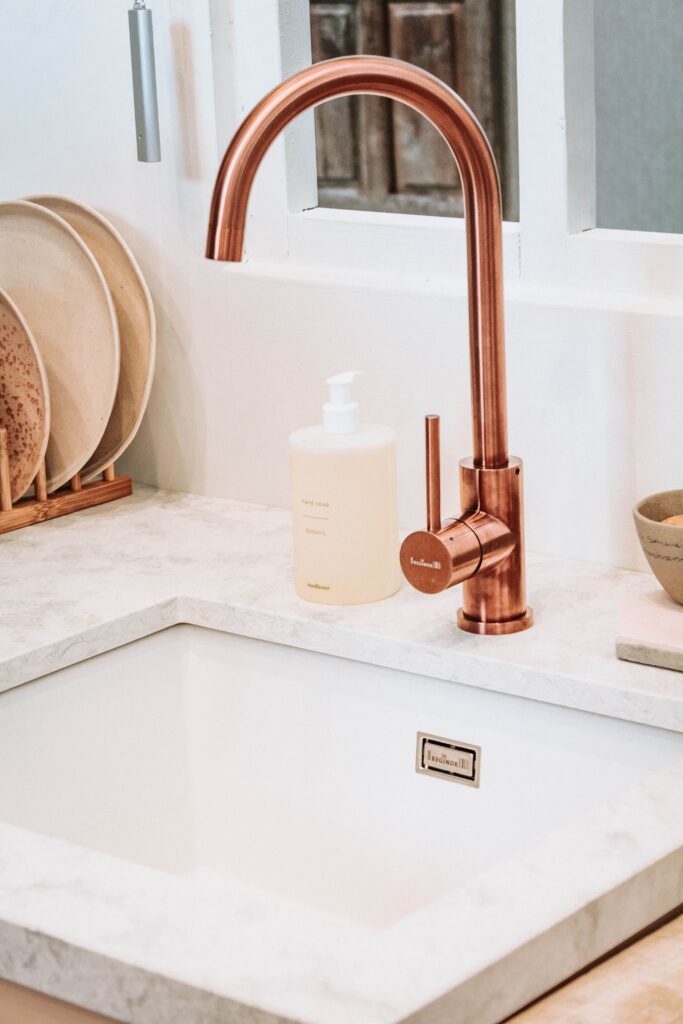No matter how trendy the finishes of your bathroom fixtures are or how perfectly selected the vanity material is, no one will want to use your bathroom if you’ve got low water pressure. Even you would dread showering in your bathroom with a pathetic stream of water coming from your showerhead.
While low water pressure is annoying, did you know that your water pressure can be too high as well? In fact, many states have regulations in place that set a maximum pressure of 500 kPa to prevent damage to your plumbing, appliances and fixtures!
Low water pressure doesn’t pose a risk to your plumbing. It is a major inconvenience you won’t want to ignore, though. We’ve spoken to plumbing experts to find the eight common causes of low water pressure and what you can do to fix them.
1. Your water supplier/council is having problems
Don’t always assume there’s something wrong with your plumbing. Your low water pressure woes might be the fault of your water supplier or council. Problems behind the scenes could be affecting everyone in your area, causing the low water pressure.
Is there work in your street or near you that might involve your water lines? This could also be the cause of low water pressure too.
Ask your neighbours if they are also experiencing low water pressure. If they are, give your water supplier and council a call to see if this is where the source of the problem is.
If this is the case, it is only temporary – all you need to do is play the waiting game until your water pressure is restored. More often, though, your low water pressure will be due to your home’s plumbing.
2. The main shutoff valve isn’t fully open
 It might sound silly, but have you checked that your main shutoff valve is open all the way? Just as a partially open tap will only have a small trickle of water, a partially open shutoff valve won’t allow for full water pressure in your home.
It might sound silly, but have you checked that your main shutoff valve is open all the way? Just as a partially open tap will only have a small trickle of water, a partially open shutoff valve won’t allow for full water pressure in your home.
If you have low water pressure throughout your whole home, this should be the first thing you check. This valve is usually located near your water meter.
For lever-type handles, the lever should be parallel to the pipe it is on. If the handle is more like a typical tap handle, twist this as far as it can go counter-clockwise.
3. Your water meter valve hasn’t been opened fully
Similar to the above point, you might have low pressure if your water meter valve is partially closed. This is unlikely unless you’ve recently had work done in your home where they might have had to turn the water off.
You probably don’t even have access to this valve – it’s maintained by your water supplier. So if this seems to be the cause of your low water pressure, you’ll need to get in contact with your water supplier so they can send someone out to fix this.
4. You have a failing pressure regulating valve
Remember how we said there’s a limit to the maximum water pressure your home should have? Many homes have a pressure regulating valve that adjusts the pressure of your water supply to safe levels. If this is faulty, this could be the cause of your low water pressure or even pressure that is too high.
If you’ve developed low water pressure across your whole home suddenly, this valve could be the cause. You can check this for yourself with a water pressure gauge.
All you need to do is attach the water pressure gauge to an outdoor tap and run the water. Immediately, you’ll get a reading from the gauge in psi. The ideal pressure for most homes is between 40 and 60psi.
If the gauge is reading lower than this, then you’ve most likely got a failing pressure regulating valve on your hands. You’ll need a licensed plumber to repair this. If it’s installed incorrectly, you run the risk of having too high of a pressure in your home that can cause a whole host of other plumbing problems.
5. You’ve got a blocked pipe

A blocked pipe or drain can impact the flow of water in your home, reducing your water pressure. This will likely cause low water pressure in only a small area of your home. Tree roots., mineral deposits, and even flushable wipes could be blocking your drains.
A blocked drain or pipe is more than just a problem for your water pressure. It can have a whole range of negative impacts on your home, including:
- water backing up through your drain and overflowing
- pooling water that can attract insects, bacteria and mould
- foul smells
- slow draining sinks and showers
- gurgling sounds
Yes, a store-bought drain cleaner or a DIY mixture will solve the immediate cause of your blocked pipe and low water pressure. You’re running the risk of this problem reoccurring regularly, though, leaving you with low water pressure again in the future.
For a long-term solution, you need to get in contact with a professional and licensed plumber who can clear your drains with the future in mind. They will have access to CCTV drain cameras so they can inspect the condition of your pipes, as well as clear the blockage efficiently and effectively with a drain snake or hydro jet drain cleaner.
This will solve your water pressure problems and preserve your plumbing for the long-term too.
6. Your pipes are corroded
Depending on the material and age, corroded pipes might cause low water pressure. Water pipes have an expiration date. Once they go past this, you should expect problems like corrosion to start occurring.
A build-up of corroded pipe material can be the cause of a blockage that will restrict water flow in your home. This makes it a potential cause of low water pressure. This is why it’s important you know how old your plumbing pipes are and what they’re made from.
If you’ve got galvanized steel pipes, you can expect to need to replace them after only 20 years. Copper pipes will last you much longer, up to 50 years, and brass can last you between 40 and 70 years.
Corroded pipes are no minor plumbing problem. You’ll need an experienced plumber to repair this through excavation or pipe relining.
7. There’s a leak somewhere
If only certain areas of your home have low water pressure, you might have sprung a leak. You might be facing minor water pressure problems, or could have almost no pressure at all, depending on how bad the leak is.
A bad leak could also put your home at risk of serious water damage. If you suspect you’ve got a leak, it’s wise you arrange for a plumber to come out and assess the situation. It could be worse than you were anticipating. A leak is often the result of bigger, more troubling plumbing problems.
8. Your fixtures are faulty
 Do you have just one fixture that’s giving you grief? It might be that fixture that’s faulty rather than a more systemic plumbing problem.
Do you have just one fixture that’s giving you grief? It might be that fixture that’s faulty rather than a more systemic plumbing problem.
A buildup of minerals and debris in a fixture’s aerator could block it, restricting the flow of water coming out of it. In effect, this reduces your water pressure.
Soaking the aerator in some vinegar and water can help to clean it but it won’t be long before you’re faced with the same problem again. You’re better off upgrading to a new fixture. Newer fixtures are often more water-efficient too, so you’ll save money on your water bills too!
Water pressure problems often aren’t caused by one, singular problem – it’s a combination of many. This is why it’s worth having a professional plumber out to investigate your pressure problems and determine exactly what the causes are.
Now that you’re privy to the causes of low water pressure, you’re better able to prevent it from happening in the first place and are prepared to resolve it faster than ever before.

